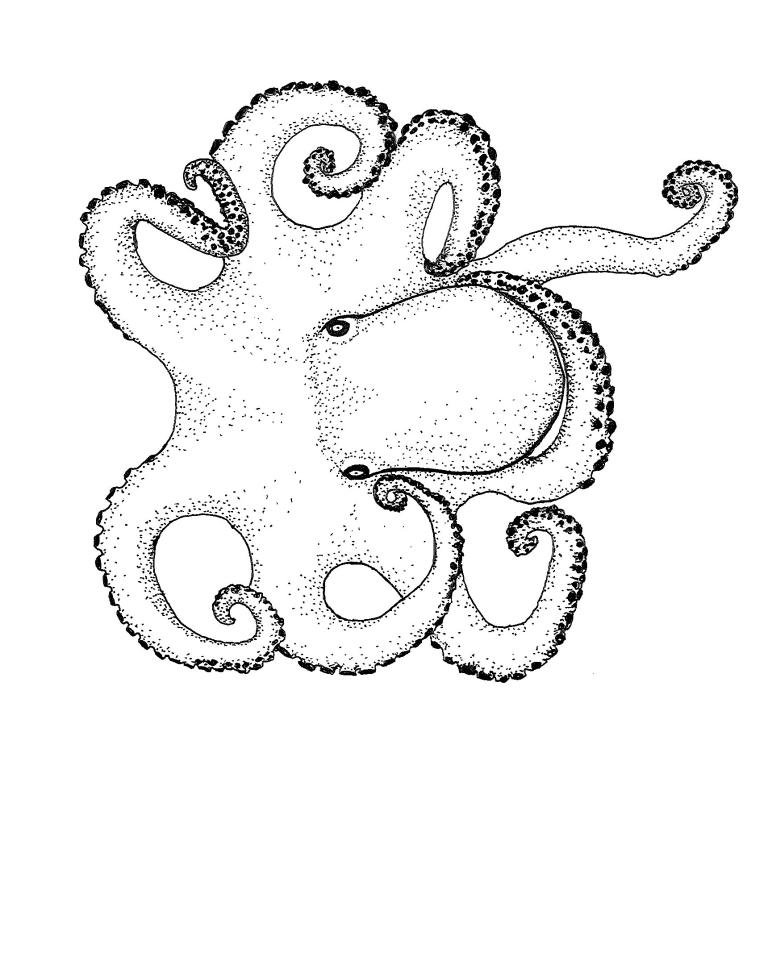
Almennt
Búkur smokkdýra er ílangur og samhverfur eftir endilöngu með hægri og vinstri hlið; innri líffæri eru umlukinn sekklaga möttli, þ.e. smokknum. Framanvert er möttullin ummyndaður í langa griparma, sem eru alsettir sogskálum (suckers), ásamt meðfylgjandi sepum (cirri) í sumum tegundum. Griparmar mætast við höfuðið í hringlaga hvirfingu og kviðlægt í miðju hennar er munnopið með öflugum bitkjálkum, sem minna á fuglsgogg; þar fyrir innan er einnig skráptunga, líkt og í öðrum lindýrum. Innvortis í höfðinu er brjóskkennd kúpa, sem verndar þroskaðan heila. Augun eru háþróuð og líkjast um margt augum hryggdýra. Algengast er að smokkdýr hafi enga eða mjög rýrar leyfar af innvortis kalkskel. Undantekning frá því eru fáeinar tegundir af undirflokknum kuggar (Nautiloidea), sem hafa marghólfa og hringundna ytri kalkskel.
Smokkdýr eru í öllum heimshöfum, frá grunnslóð og niður á 6 km dýpi, að undanskyldu Svartahafi og Eystrasalti, en þar er seltan of lág. Sumar tegundir ala allan sinn aldur á sundi, en aðrar halda til á hafsbotni. Flest smokkdýr eru einfarar, en sumar hópast saman yfir fengitímann eða þegar bráð er sótt í sömu fæðulind. Smokkdýr leggjast einkum á fisk, stærri krabbadýr og skeldýr, en fáeinar nærast á plöntu- og dýrasvifi. Smokkdýr eru mikilvæg fæða fyrir ýmsa hvali, fiska, seli, mörgæsir og fleiri sjófugla. Ýmsar tegundir geta villt um fyrir aðvífandi rándýrum, með því að spýta frá sér blekvökva úr sérhæfðum sekk og mynda svart feluský. Aðrar geta einnig dulist óvinum með því að gera búkinn samlitan undirlaginu sem dýrin liggja á. Smokkdýr eru háþróuð sunddýr sem geta tekið hraða spretti afturábak, með því að þrýsta sjó út um vöðvaríkt blástursrör, sem tengist kviðlægu holi undir möttulkápunni. Fullvaxin dýr af minnstu tegundinni eru um 1 cm að lengd, en stærsta tegundin, risasmokkfiskur (Architeuthis dux), verður allt að 12 m lengd, mælt frá hala og að framréttum griplum.
Flokkur smokkdýra (Cephalopoda) skiptist í tvo undirflokka: (a) kugga (Nautiloidea), inniheldur aðeins sjö núlifandi tegundir sem allar lifa í hlýjum sjó fjarri Íslandsmiðum; kuggar hafa vel þroskaða ytri skel og allt að 94 arma, og (b) Coleoidea, eða „smokkakrabbar“, en af þeim er vitað um 850 núlifandi tegundir í heimshöfunum. Undirflokkurinn Coleoidea sem deilist í tvo yfirættbálka: kolkrabba (Octopodiformes) með átta arma og smokkfiska (Decapodiformes) sem hafa tíu arma. Á Íslandsmiðum hafa fundist 30 tegundir smokkdýra, sem allar tilheyra fjórum undirhópum innan yfirættbálksins Coleoidea:
kolkrabbar – armar án sepa (order Octopoda, suborder Incirrata): Skrokkur sekklaga með kunnuglegt útlit eiginlegra kolkrabba. Hefur átta jafnlanga arma með tannlausum sogskálum og engum sepum; hafa engar griplur (tentacles) né sundblöðkur. Botnlægar meðalstórar tegundir. Vitað er um 5 tegundir eiginlegra kolkrabba á Íslandsmiðum
kolkrabbar – armar með sepum (Order Octopoda, suborder Cirrata): Hafa átta jafnlanga arma með tannlausum sogskálum sem mynda einfalda röð, ásamt tveimur sepum sem liggja hvor sínum megin við hverja sogskál. Við afturenda eru stórar, spaðalaga sundblöðkur. Skrokkur þessara tegunda sekklaga og slímkenndur. Meðastórar tegundir, sem lifa á sundi á miklu sjávardýpi. Vitað er um 3 tegundir á Íslandsmiðum.
blóðsugusmokkar (Order Vampyropoda): Meðalstór sunddýr, halda til á miklu dýpi. Aðeins er vitað um ein núlifandi tegund. Sogskálar eru á gripörmum og sundblöðkur á möttli; ungviðið hefur tvenn pör. Helstu sérkenni eru sogskálar á stilkum, en aðeins fremst á gripörmum, frá miðbiki þeirra og til enda; hefur stór áberandi ljósfæri aftanvert á möttlinum.
smokkfiskar - stubbar (Order Sepiolida): Sundblöðkur eru snubbóttar, nýrnalaga eða mynda hálfhring nær miðhluta möttuls. Hafa átta jafnlanga arma ásamt tveimur öflugum griplum sem eru stærstar og lengstar. Sogskálar á örmum hafa skörðótta hringtönn úr kítíni, en króka vantar. Flestar tegundir eru fremur smágerðar; lengd möttuls styttri en 8 cm. Vitað er um 7 tegundir á Íslandsmiðum, sem allar eru botnlægar.
smokkfiskar – skutlar (Order Oegopsida): Tegundaríkasti undirhópur smokkdýra á heimsvísu. Dýrin hafa átta jafnlanga arma og tvær öflugar griplur sem eru stærstar og lengstar. Hver sogskál er búin skörðóttri, hringlaga tönn úr kítíni; flestar tegundir hafa einnig króka á griplunum. Augu eru án hornhimnu og auglinsan í snertingu við sjóinn. Vitað er um 9 tegundir af þessari flokkunarheild á Íslandsmiðum. Skrokkur þeirra er mjög ílangur, með allstórar hjartalaga eða ávalar sundblöðkur við afturenda. Tegundinar eru á sundi á mismunandi dýptarsviði.
ENGLISH
Cephalopods (Cephalopoda (Lat.), Blæksprutter (Dan.), Smokkdýr (Isl.), Головоногие (Rus.)) are a highly developed class within the phylum Mollusca, and are generally confined to fully saline oceans. Unlike other molluscs, the cephalopds lack an outer shell, except for the nautiluses, and the foot is divided into several appendages (arms and tentacles), which are radially arranged around the mouth and a muscular funnel. The mantle cavity at the ventral side, is associated with the funnel. The arms, except for the nautiluses, have muscular suckers, which in some species are lined with chitinous, ringformed and serrated teeth. The tentacles have clubs, often with numerous suckers. Other characteristic features of cephalopods are well-developed eyes, beak like jaws in the mouth, and ink sac in the mantle cavity.
Presently, 30 cephalopod species have been found or are reliably recorded in Icelandic waters. These species belong to five main groups:
Incirrate octopods (Order Octopoda, suborder Incirrata): Medium-sized bottom dwelling cephalopods; some species have pelagic larval stage, like Eledone cirrhosa, found in Icela dic waters. The body is ovate or bag shaped, characteristic of a „common“ octopus. Mantle fins and tentacles are absent. The arms are 8, covered with suckers, in which chitinous rings and associated cirri are absent. There are 5 species of incirrate octopuses in the area.
Bathypolypus arcticus (Prosch, 1847) Bathypolypus bairdii (Verrill, 1873) Bathypolypus pugniger Muus, 2002 Eledone cirrhosa (Lamarck, 1798) Graneledone verrucosa (Verrill, 1881) Muusoctopus johnsonianus (Allcock et al. 2006) Muusoctopus sp.Cirrate octopods (Order Octopoda, suborder Cirrata): Medium-sized deep-water, pelagic cephalopods. Tentacles are absent. The 8 arms are covered with suckers, always arranged in a single row with associated a pair of cirri at either side of each sucker. Cirrate octopods have a somewhat jelly-like and bag shaped body, with a pair of paddle like fins at the distal end. There are 3 species of cirrate octopods in the area.
Cirroteuthis muelleri Eschricht, 1836 Stauroteuthis syrtensis Verrill, 1879 Opisthoteuthis borealis Collins, 2005Vampire squid (Order Vampyropoda): Medium-sized deep-water, pelagic cephalopod. This group is relic with only 1 extant species. Tentacles are absent, but there are 2 long thin retracrable filament-like limbs. The vampire squids resemble the Cirrate octopuses, in terms of sucker and cirri arrangement, as well as jelly consistency, presence of 'fins'. However, distinguishing features are stalked suckers, present from the mid-arm to the end; large light organs are present posterior on the mantle; juveniles have 2 pairs of fins.
Vampyroteuthis infernalis Chun, 1903
Bobtail squids (Order Sepiolida): Most species are small, with mantle length less than 7-8 cm. They have 8 arms and 2 tentacles; the arms are covered with suckers, provided with serrated, circular chitinous teeth; hooks are absent. Bobtail squids have an oval-shaped body with a pair of rounded to kidney-shaped fins, located laterally about midway along the mantle. There are 7 species of bobtail squids in the area, all benthic, but some have pelagic larval stage.
Rossia palpebrosa Owen, 1834 Rossia moelleri Steenstrup, 1856 Rossia megaptera Verrill, 1881 Rossia macrosoma (Delle Chiaie, 1830) Neorossia caroli (Joubin, 1902) Sepiola atlantica Orbigny, 1839 Sepiola pfefferi Grimpe, 1921 Sepietta oweniana (Orbigny, 1839)Squids (Order Oegopsida): The most abundant and diverse cephalopods in the world oceans. Squids have 8 arms and 2 tentacles; the arms are covered with suckers, of which each has a serrated and circular chitinous teeth. Icelandic squids have an elongated body with a pair of heart- to oval shaped fins, located at the distal end; commoly the arms and tentacles have chitinous hooks. There are 9 species of squids in the area, all with a pelagic habit:
Architeuthis dux Steenstrup, 1857 Histioteuthis bonnellii (Ferussac, 1834) Teuthowenia megalops (Prosch, 1847) Galiteuthis armata Joubin, 1898 Mastigoteuthis agassizii Verrill, 1881 Brachioteuthis riisei (Steenstrup, 1882) Gonatus fabricii (Lichtenstein, 1818) Gonatus steenstrupi Kristensen, 1981 Illex illecebrosus (Le Sueur, 1821) Todarodes sagittatus (Lamarck, 1798) Todaropsis eblanae (Ball, 1841)REFERENCES
In general:
Jereb P., Roper C. F. E. (eds) Cephalopods of the world. An annotated and illustrated catalogue of cephalopod species known to date. Volume 1. Chambered nautiluses and sepioids (Nautilidae, Sepiidae, Sepiolidae, Sepiadariidae, Idiosepiidae and Spirulidae). FAO Species Catalogue for Fishery Purposes. No. 4, Vol. 1. Rome, FAO. 2005. 262p.
Jereb P., Roper C. F. E. (eds) Cephalopods of the world. An annotated and illustrated catalogue of cephalopod species known to date. Volume 2. Myopsid and Oegopsid Squids. FAO Species Catalogue for Fishery Purposes. No. 4, Vol. 2. Rome, FAO. 2010. 605p.
Jereb P., Roper C. F. E., Norman M. D., Finn J. K. (eds) Cephalopods of the world. An annotated and illustrated catalogue of cephalopod species known to date. Volume 3. Octopods and Vampire Squids. FAO Species Catalogue for Fishery Purposes. No. 4, Vol. 3. Rome, FAO. 2014. 370 p.
Young R. E., Vecchione M. and Mangold K. M. (1922 – 2003). 2016. Cephalopoda Cuvier 1797. Octopods, squids, nautiluses, etc.. Version 27 February 2016 (under construction). http://tolweb.org/Cephalopoda/19386/2016.02.27 in The Tree of Life Web Project, http://tolweb.org/
Arctic cephalopods:
Bruun A. Fr. Cephalopoda. In The Zoology of Iceland, (eds.) A. Fredriksson andS. L. Tuxen. Ejnar Munkagaard, Copenhagen, Vol. 4, Part 64, 1945. 45 pp.
Golikov A. V., Sabirov R. M., Lubin P. A., Jørgensen L. L. Changes in distribution and range structure of Arctic cephalopods due to climatic changes of the last decades. Biodiversity, 2013. Vol. 14. – P. 28-35.
Xavier J. C., Cherel Y., Allcock L., Rosa R., Sabirov R. M., Blicher M. E., Golikov A. V. A review on the biodiversity, distribution and trophic role of cephalopods in the Arctic and Antarctic marine ecosystems under a changing ocean. Marine Biology, 2018. Vol. 165. – 26 p.
Alexey V. Golikov and Rushan M. Sabirov, Kazan Federal University, Department of Zoology, & Gudmundur Gudmundsson, Icelandic Institute of Natural History, Department of Collections and Systematics
Cite this page as:
Golikov A. V., Sabirov R. M., Gudmundsson G. (2019). Cephalopoda (Smokkdýr). http://www.ni.is/biota/animalia/mollusca/cephalopoda
Myndir
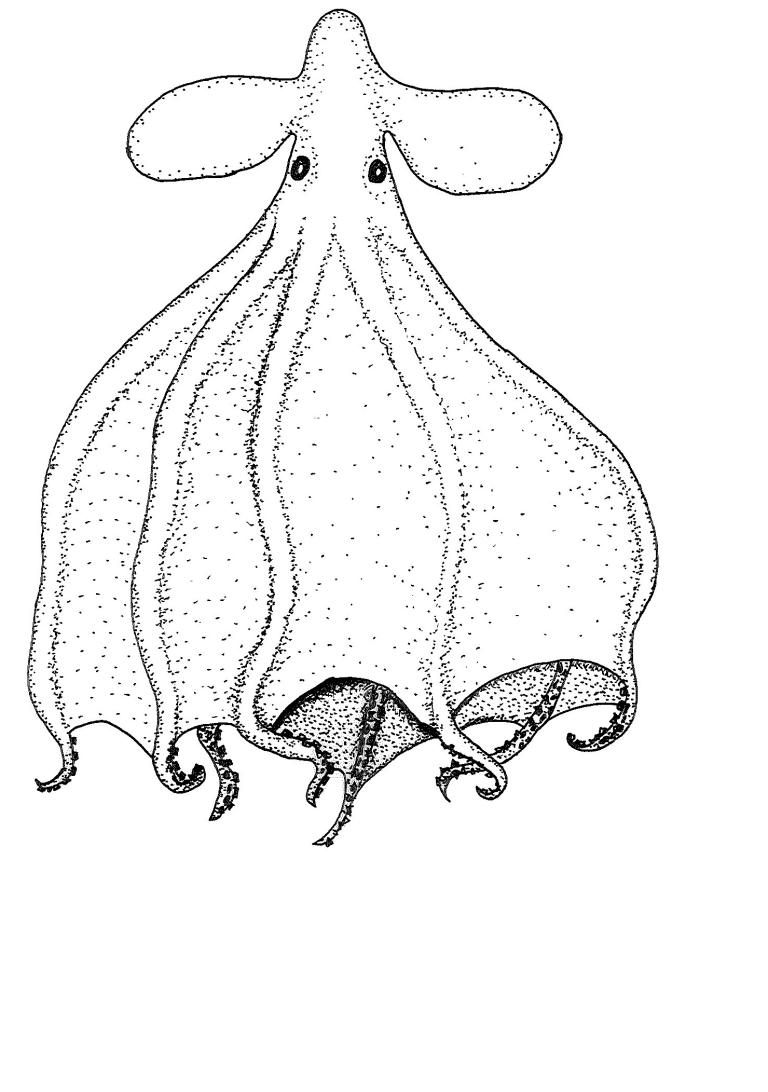
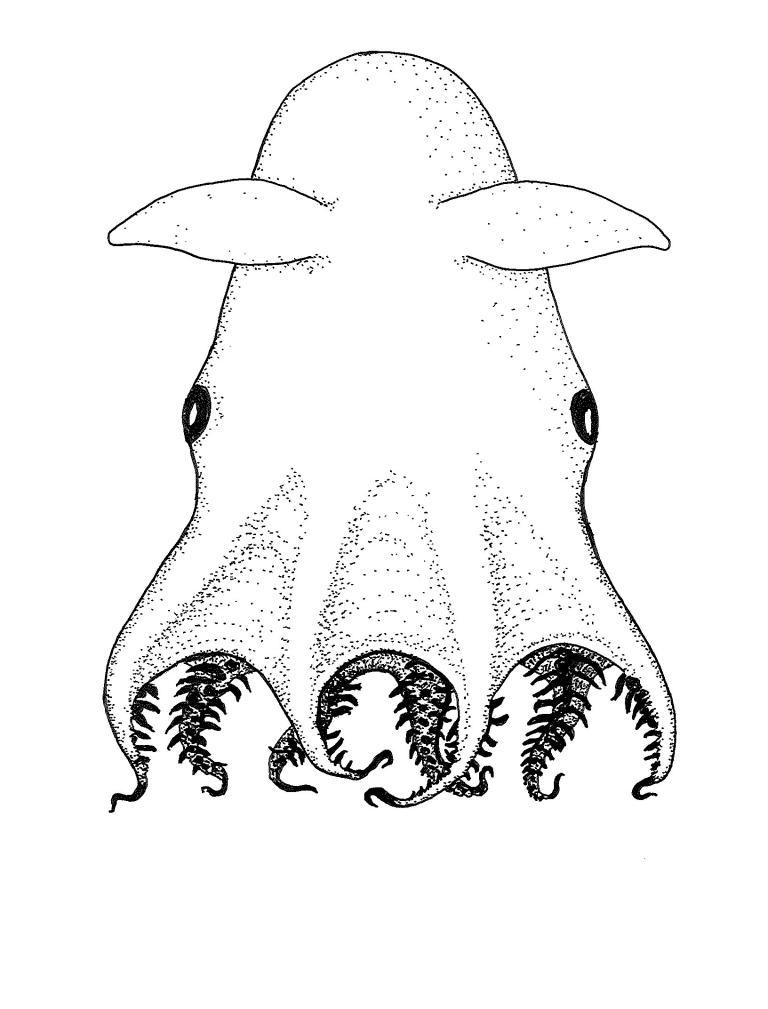
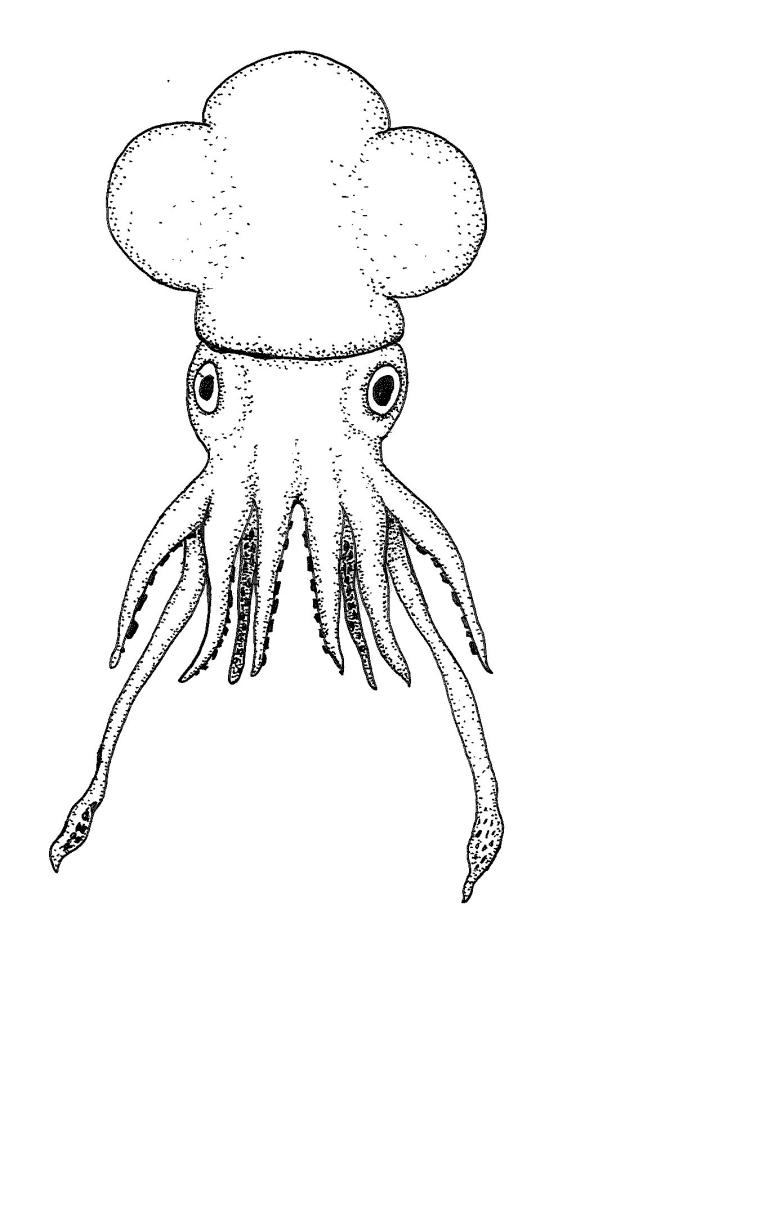
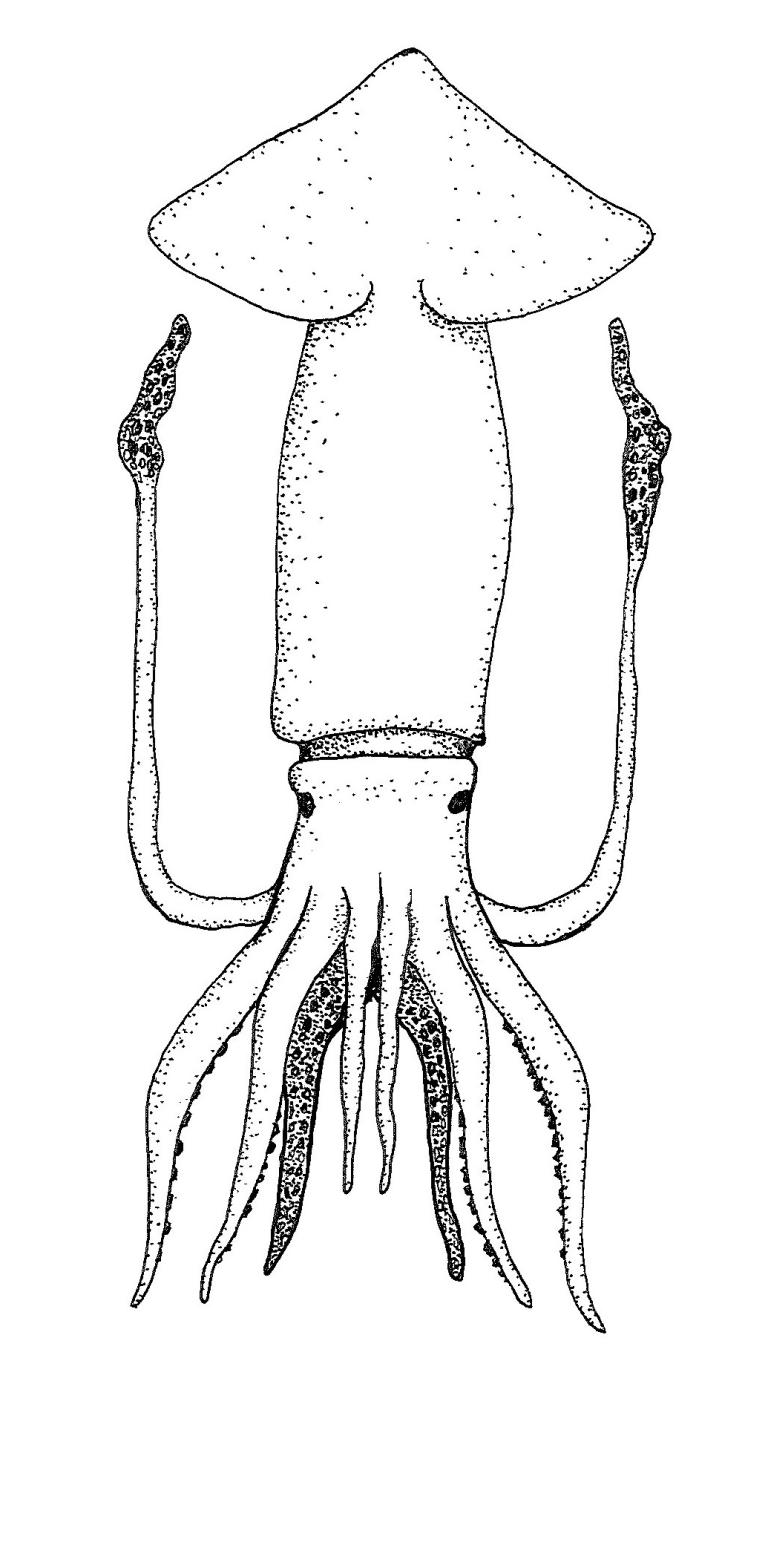
Höfundur
Guðmundur Guðmundsson mars 2017